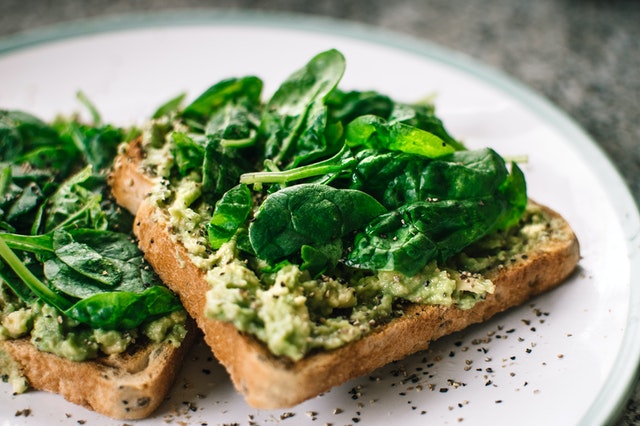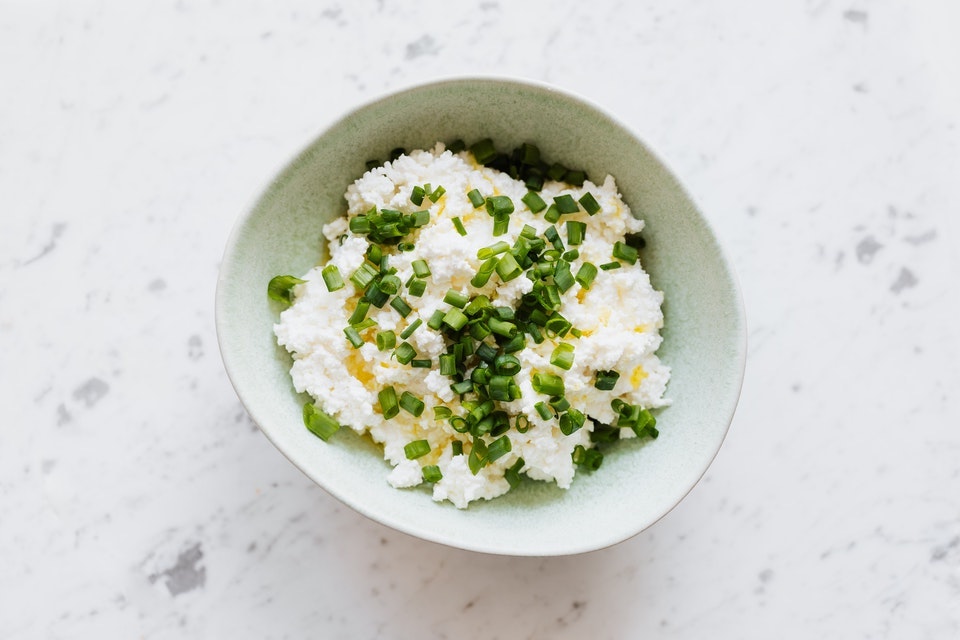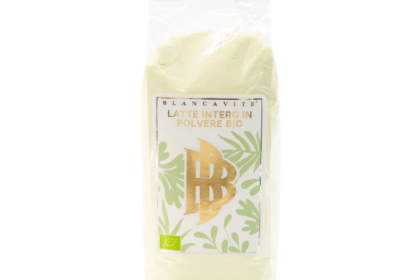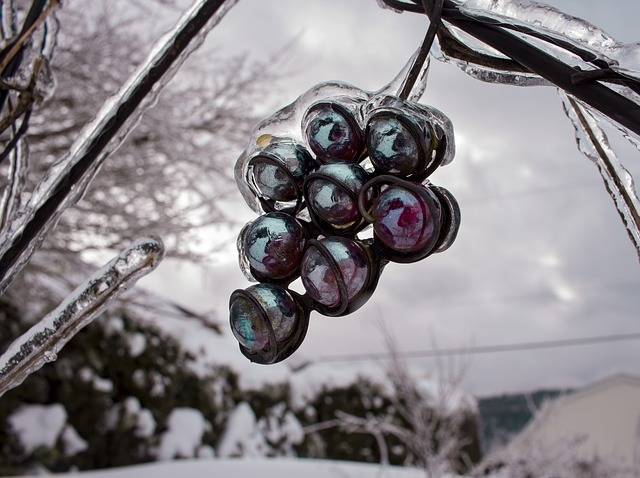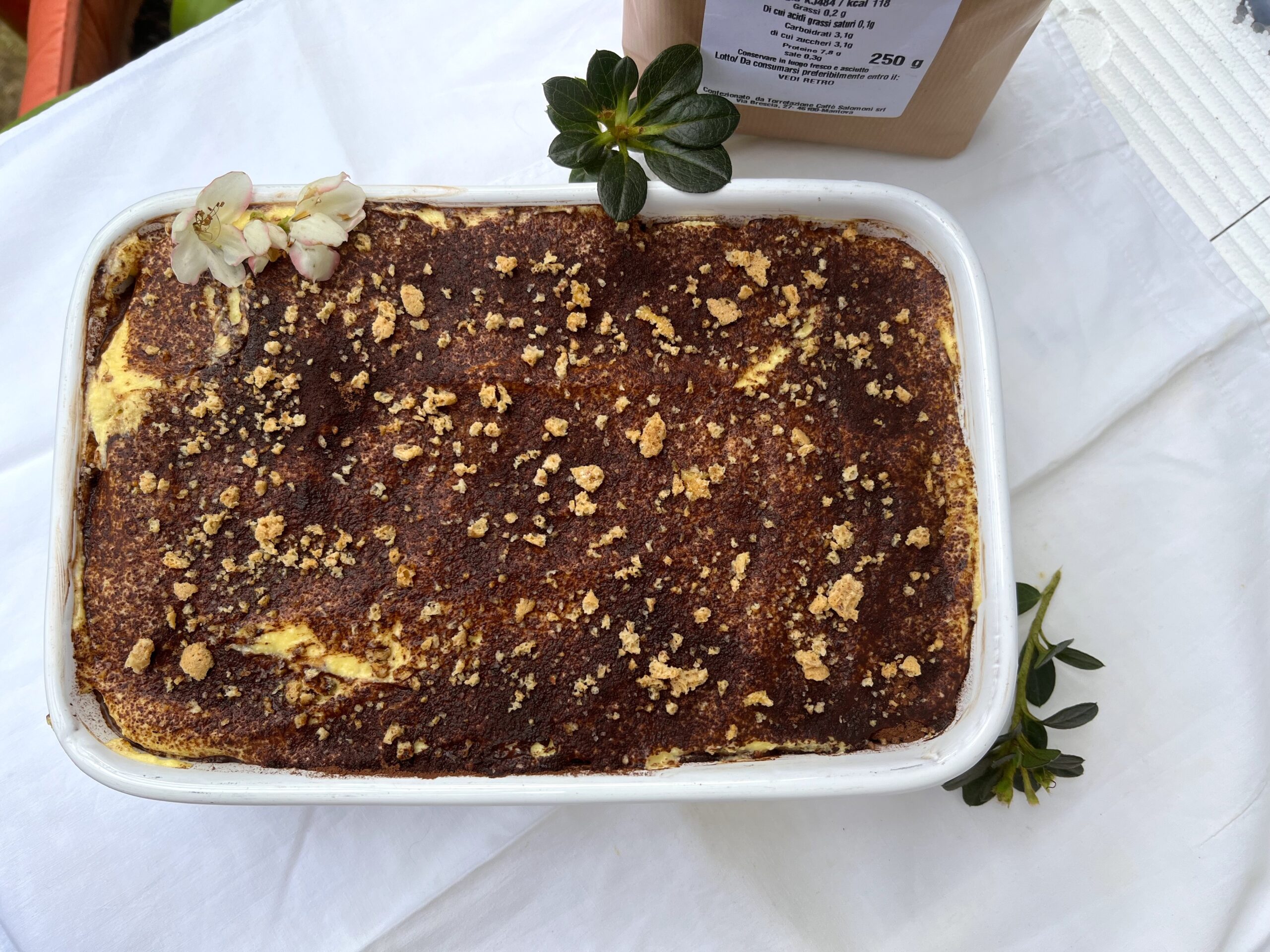For us Italians, above all, cheese is a fundamental element in our diet.. Lo grattugiamo sull’amatissima pasta al pomodoro, lo accompagniamo a confetture e mostarde, lo serviamo da solo a fine pasto… Ma in questo articolo vedremo come preparare un buon formaggio vegano spalmabile!
Let's see then how this modern and innovative cheese is made, what ingredients are used for its creation and its origins. At the end of the article you will also be offered a recipe to be able to make it at home!
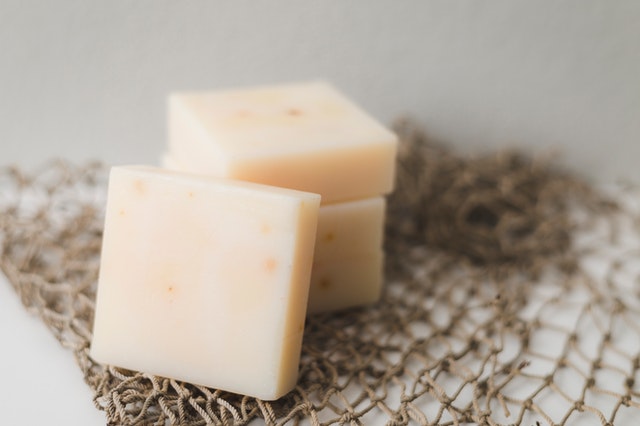
Table of Contents
what it is
Vegan cheese is a cheese-like without any dairy content, totally based on vegetable ingredients.
The vegetable cheese it can be produced with ingredients derived from vegetables, such as milk plant: the latter is considered the best alternative to cow's milk and, in general, to all animal-derived milk. It can be soy, rice, oat, almond milk and many others.
It can also be made with sesame seeds, sunflower seeds, walnuts, pine nuts, cashew and of course soy. Other ingredients often used for the production of vegetable cheese are coconut oil, rice, potatoes, spices of various kinds and tapioca (starch derived from the cassava plant of South America).
However, the vegan cheese that has existed for the longest time, the most authentic and born before the fashion of "100% vegetable" is tofu cheese, we will see why in the historical notes.
Vegan cheese is recommended for those who follow a vegetarian or vegan diet, but also for those suffering from severe lactose intolerance and must avoid taking cheeses with even minimal amounts of lactose (such as parmesan).
Background
Il formaggio vegano, quindi non caseario, ha avuto origine nel 16esimo secolo in Cina. Veniva prodotto con tofu fermentato o soia intera. Later, homemade vegan cheeses were made with soy flour, margarine and yeast extract.
With harder margarine you can make more consistent cheeses suitable for cutting. With a softer margarine, however, even the cheeses will be less consistent and more suitable for spreading.
Already negli anni ’70-’80 era possibile trovare in commercio il formaggio vegano, ma risultava avere una consistenza cerosa, gommosa o plastica.
In the 90s in the USA there was only one brand that distributed vegan cheeses,but since that time many other types of vegan cheese have started to spread, such as mozzarella and cheddar. Since then, options without soy have also been explored.
In the 90s vegan cheese also cost twice as much as cheese of dairy origin.
Starting from 2018, the vegan cheese market has grown exponentially on a global scale. This is because, with the advent of veganism, the market has been enriched with new products and cookbooks that promote a lifestyle without food of animal origin.
The production of vegan cheese has far exceeded the need to meet the needs of the lactose intolerant. In fact, this product has become a food for everyone, not just for niches.
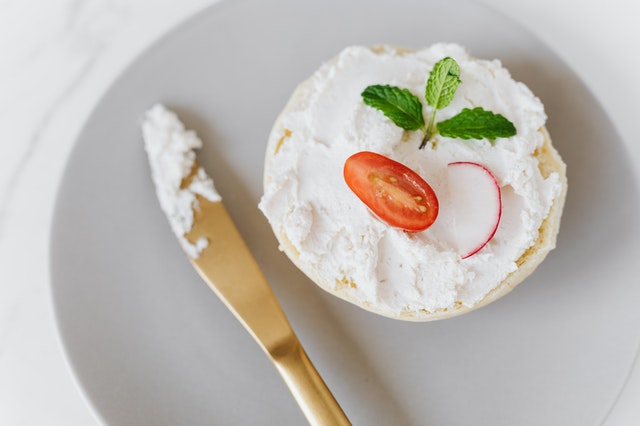
Ingredients
I have already mentioned the ingredients used to make vegan cheese, but let's see them more in depth.
COCONUT OIL
Many varieties of vegan cheese are obtained from coconut oil that may resemble its dairy counterpart. It is often mixed with a mixture of tofu or potato starch.
The coconut oil it is high in auric acid, a saturated fat that raises cholesterol levels in the blood, so it is advisable to ingest it in low quantities.
It also contains amount of capric acid, a powerful antifungal, and caprylic acid, an antifungal also used to fight candida.
cashew
Many nuts are used to make vegan cheese, but among these the most popular and the most versatile is certainly cashew. They have an incredibly creamy consistency and can be made into a huge variety of vegan cheeses, especially spreadable cheeses.
It contains less fat than other known nuts, a good amount of oleic acid considered an ally for the health of the heart and blood vessels. According to a recent scientific research, cashews would help fight diabetes.
Do you know why they are always sold without shell? Because this contains a caustic resin that absolutely must not be ingested and which is used in the creation of insecticides and paints.
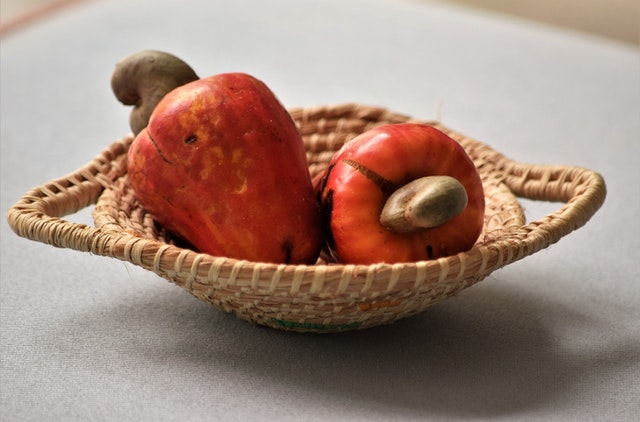
Tofu
Tofu is probably the most malleable ingredient known to manIt is used in salads, grilled, put in soups ... Ma è anche un ottimo ingrediente, che combinato insieme ad altri, fa un ottimo lavoro nel creare gustose alternative al formaggio e ad altri prodotti caseari, come il formaggio vegano, appunto.
Il tofu è privo di colesterolo e ricco di vitamine B1, B2, B3 e D, ma anche di sali minerali come fosforo, potassio, ferro, calcio e gli Omega 3. Contiene inoltre i flavonoidi, sostanze vegetali utili come antiossidanti del corpo che servono a combattere i radicali liberi.
Contains a lot of vegetable proteins, that contribute to the intake of 10 essential amino acids for our body.
Tapioca
Starches are a great ingredient for vegan cheeses and one of the best sources is definitely cassava root, con il suo amido che viene chiamato tapioca. Quest’ultimo permette di rendere i formaggi vegani più allungati e più morbidi.
It is a very nutritious and easily digestible food, which is why it is used a lot in the diets of children and convalescents.
The small starch granules when cooked in water have a tendency to swell up to acquire a gelatinous consistency. The natives often exploit it abundantly in the preparation of soups, meat and fish enriched with wild berries.
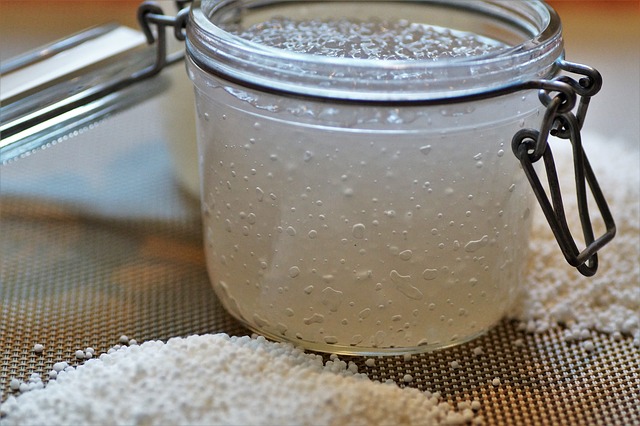
Nutritional yeast
Nutritional yeast is an inactive nutritional yeast, unlike that of beer. It is a source of antioxidants, proteins, minerals and vitaminsIt is often used because its flavor is similar to that of cheese.
Its properties are absolutely beneficial: it contains all the amino acids needed by our body and a tablespoon of this yeast contains 2 grams of proteinmaking it easy for vegans to reach the amount of protein they need.
E’ quindi perfetto nella preparazione del formaggio vegano.
It also contains zinc, selenium and manganese.
almonds
Almonds are not as soft as cashew and are therefore less suitable for producing soft and spreadable cheeses.. Tuttavia, vengono spesso usate per realizzare un formaggio vegano morbido, come ad esempio ricotta, crema di formaggio e molti altri.
Almonds contain numerous vitamins, such as those of group B, vitamin E, proteins and mineral salts such as calcium, iron, potassium, magnesium, copper, fatty acids and Omega 3.
It has antioxidant properties, contained especially in the peel and laxative and beneficial properties for the intestine thanks to the presence of fibers. Magnesium, instead, helps against tiredness and stress and is therefore a good ally of the nervous system.
Thanks to the high calcium content, they help keep bones and muscles healthy.Finally, its anti-cholesterol properties promote the well-being of the heart and blood vessels, keeping triglycerides at bay through Omega 3.
Le mandorle si rivelano essere quindi un ottimo ingrediente per il formaggio vegano.
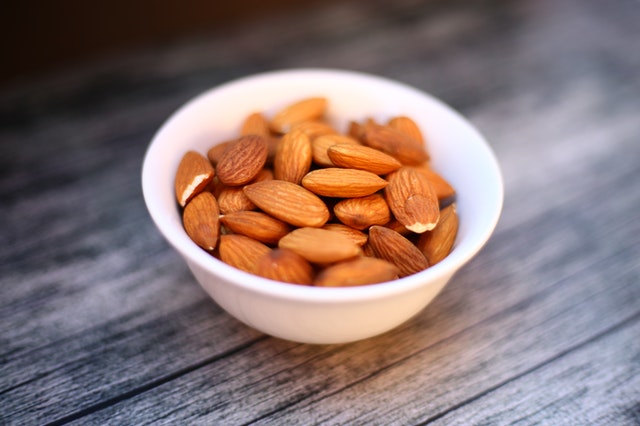
RECIPE OF VEG CHEESE WITH CASHEW
Vi propongo una facile ricetta per preparare il formaggio vegano con anacardi direttamente a casa vostra!
Anche se si discosta un po’ dalla tradizione vedrete che il formaggio vegano è molto buono e versatile.
L’aglio presente nella ricetta, donerà al vostro formaggio un tocco di sapore che non avete idea. La buccia di limone aggiunge un po’ di crunchy e luminosità. Il succo di limone darà un pizzico di acidità. E, infine, il lievito nutrizionale donerà un gusto sorprendentemente simile a quello del formaggio come lo conosciamo tutti.
Ingredients
- 2 cups of raw cashews
- 2 cloves of garlic
- half a tablespoon of garlic powder
- 1 medium-sized lemon, peeled
- 60ml of lemon juice
- half a cup of water (about 120ml)
- 2 tablespoons of nutritional yeast
- half a tablespoon of sea salt
- 2 tablespoons of olive oil (about 30ml)
Procedimento
Per realizzare questo formaggio vegano, mettete gli anacardi in una ciotola e colpiteli con acqua fredda. Coprite con la pellicola e mettete in frigo per 12 ore circaOtherwise, cover them with boiling water and leave to rest for an hour and a half. However, for this recipe it is best that the cashews are left in the fridge for 12 hours, so that they can soften slowly and well.
Once soaked in water, rinse them well, drain them and put them in a blender. Add the minced garlic, garlic powder, lemon zest and juice, water and nutritional yeast. At the end, the oil and the salt.
Lasciate il preparato per il formaggio vegano nel frullatore finché sarà omogeneo e cremoso. Se necessario, aggiungete un po’ d’acquaTaste and if necessary, adjust the condiment to your liking, add lemon peel, or nutritional yeast for a more "cheesy" flavor.
Put a colander on a bowl and cover it with absorbent paper or, better, with a muslin for cheese. Spread the cheese on top. Then, take the corners of the sheet and join them.
Chiudete il telo come a formare un disco con il formaggio vegano all’interno (come la forma della burrata per intenderci). Fissatelo con un elastico, mettetelo dentro alla ciotola e lasciate riposare in frigo per almeno 6 ore (l’ideale sarebbe 12).
Srotolare il canovaccio e rimodellare il formaggio vegano come una vera forma di formaggio. If you want, cover your cheese with aromatic herbs and more lemon zest.
You can enjoy it fresh with crackers or vegetables. This cheese keeps its shape for only 1-2 hours out of the refrigerator,so it is best to keep it in the fridge until it is eaten.
